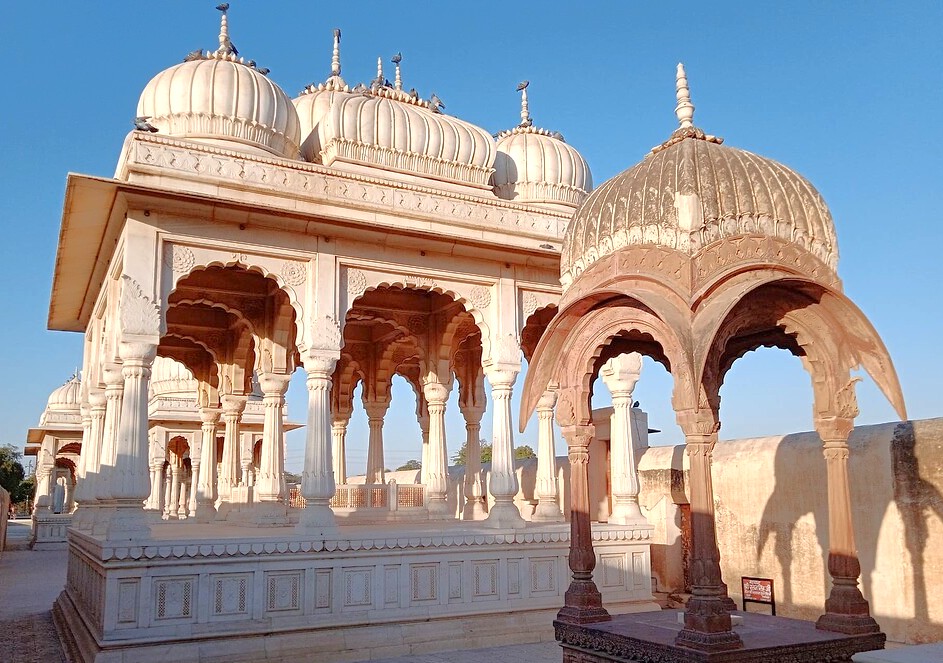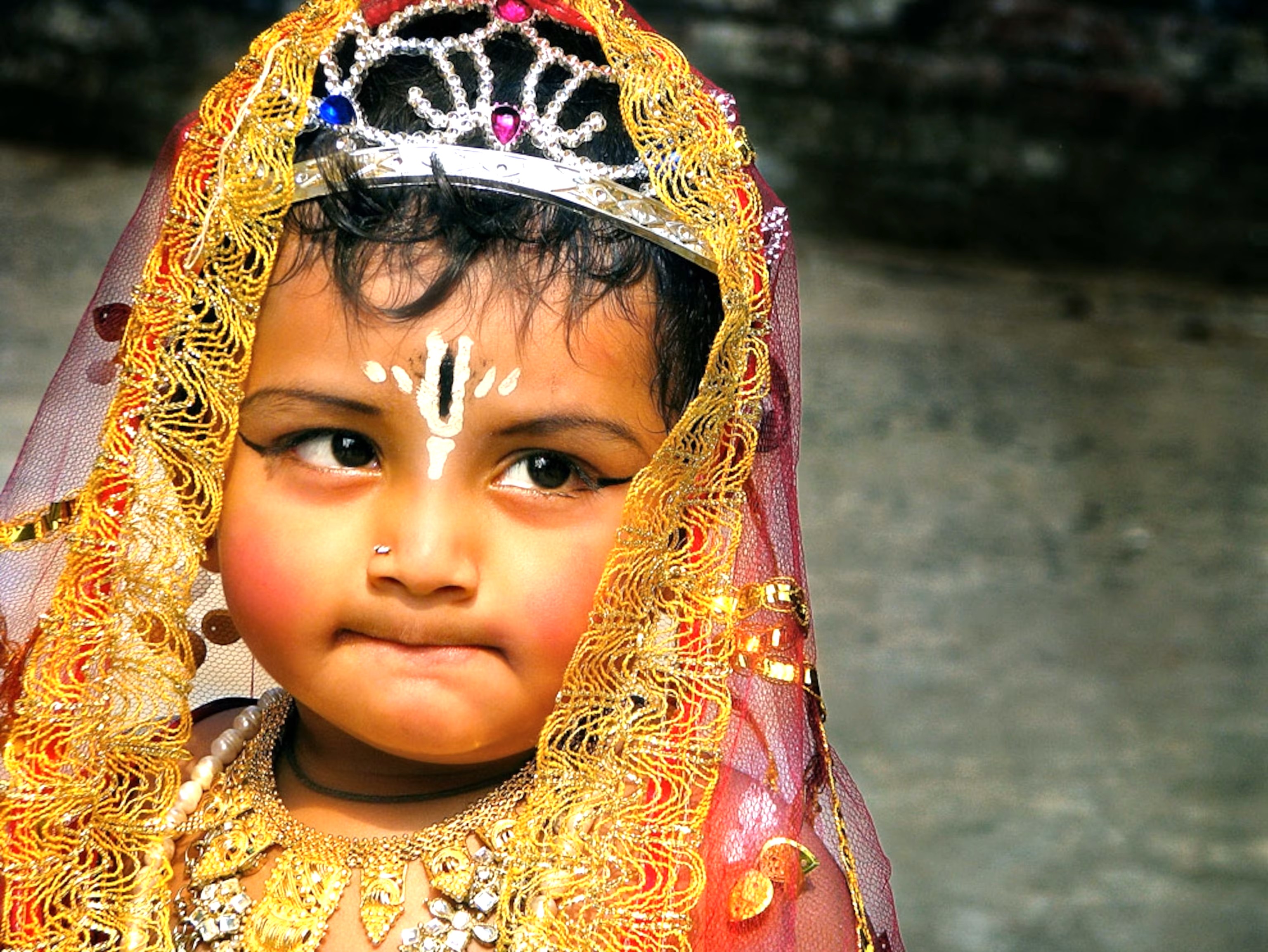Rajathani Legends
Royal Cenotaphs Bikaner Rajasthan
Mother Masala Tours
Royal Cenotaphs Bikaner Rajasthan: Majestic Devi Kund Sagar
Royal Cenotaphs Bikaner Rajasthan. Known as Chhatris, represent a profound historical and cultural site dedicated to the nobility of the city. Positioned just outside the city limits, these intricately carved memorials honor the royal rulers of Rajasthan, particularly the Jaswant Singh and the Karan Singh families. Constructed between the 16th and 20th centuries, these cenotaphs exemplify the reverence and respect afforded to the departed kings and queens. The city itself thrived under the rulers of the Rathore Dynasty, a lineage known for its valor and governance. Notably, the cenotaphs dedicated to Maharaja Ganga Singh, who reigned from 1887 to 1943, are the most prominent.

Royal Cenotaphs Bikaner Rajasthan: Sacred Spaces
Royal Cenotaphs Bikaner Rajasthan. Adorned with exquisite carvings and intricate designs that reflect the artistic traditions of Rajasthan. Each structure is unique, showcasing varying styles that range from Mughal to Rajput influences. The use of red sandstone, prominently seen throughout the cenotaphs, worships the natural resources of the region while integrating beautifully with the surrounding landscape. Notably, the Chhatri of Maharaja Ganga Singh stands out with its beautifully detailed pillars and domes, representing the craftsmanship of skilled artisans who painstakingly carved each motif. Many cenotaphs preserve artifacts such as royal insignias and mementos that commemorate the deceased rulers.
Ancient Mosaics: Impeccable Craftsmanship

The craftsmanship displayed throughout the Cenotaphs is truly impressive, offering a glimpse into the artistry of Rajasthan during the Mughal and Rajput eras. Skilled craftsmen utilized traditional techniques that have been passed down through generations, meticulously crafting details that adorn each monument. One fine example is the intricate floral and geometric patterns carved into the stone pillars. These reflect a deep understanding of timeless design and perfect symmetry. Such dedication ensured lasting beauty, preserving their rich cultural heritage for visitors to admire and appreciate for centuries.
The Pulse of the Local Community
Inhabitants of Bikaner exhibit a strong sense of pride in their royal heritage, particularly regarding the cenotaphs. Their hospitality shines through as they welcome us into their world, sharing the stories and customs that celebrate their royal lineage. This community is characterized by its warm demeanor and willingness to share history with new acquaintances.
Capturing the Magic: A Photographic Haven

Photography enthusiasts will find an abundance of inspiration. The elegant silhouettes of the cenotaphs against the majestic backdrop of the Rajasthan sky convey a striking visual experience, especially during the golden hours of sunrise and sunset. The warm light beautifully highlights the pristine white marble, creating dramatic shadows and a truly serene atmosphere. The intricate carvings on the pillars and graceful arches, alongside the beautiful landscaping, create ideal settings for incredible photos. These moments offer a unique chance to capture history and beauty for lasting memories.
A Culinary Journey: Savor the Flavour
While the cenotaphs are primarily a site of historical significance, the nearby area of Bikaner is known for its delectable culinary offerings. One popular local dish is “Kachori,” a deep-fried pastry stuffed with a spicy mix of lentils and spices. The preparation involves creating a dough made from wheat flour, which is then rolled out, filled, and shaped before frying to perfection. The Bikaneri bhujia, a crispy snack made from gram flour and spices, has gained international fame for its unique flavor and crunch.
Festivals of Devotion: Honouring the Sacred and the Divine

Bikaner’s community regularly observes various festivals dedicated to honoring the legacy of their rulers. Maharaja Ganga Singh Jayanti, held in September, is a prominent event where residents gather to celebrate the accomplishments and contributions of their beloved king. During this vibrant festival, attendees can expect dazzling processions featuring spirited traditional dancers, melodious musicians, and magnificently decorated camels, drawing attention to the profound cultural richness that defines Bikaner. The aromas of wonderful street food fill the air, tempting every palate with local delicacies.
Ancient Technologies: Sacred Sound, Geometry & Astrological Influences
The design reflects the principles of sacred geometry, leading us to a deeper understanding of the space. The layouts and proportions of the structures have an intentional relationship with their environment, allowing the energy to flow harmoniously within the area. The use of red sandstone, sourced from local quarries, adds spiritual meaning, symbolizing dedication and permanence. Furthermore, the cenotaphs' positioning aligns with astrological influences, enhancing the aura surrounding the structures and allowing reverberations of energy to resonate. In sacred traditions, the concept of Solefeggio frequencies associated with healing and spiritual well-being. 528 Hz frequency is linked to transformation and miracles.
The Connection with the Gods

In the context of Rajasthan's royal cenotaphs, the Jain deities and Hindu gods play pivotal roles in the cultural and spiritual realms of the community. Their divine presence offers solace and unwavering guidance to all. The temple of Shri Laxminarayana, often frequented during vibrant festival times, beautifully reflects the deep connection between the community and their revered protectors. Devotees offer heartfelt prayers, seeking prosperity and lasting peace. The legends surrounding King Ganga Singh vividly depict his strong devotion to Krishna, who bestowed blessings for the king and his realm.
Serendipitous Meetings: Beyond the Main Path
Walking around the area surrounding the Cenotaphs presents exciting opportunities for exploration. As we stroll through the nearby streets, we may stumble upon small workshops where artisans craft hand-painted pottery or intricate textiles, embodying the rich heritage of the region. These interactions are often informal yet engaging, allowing us to see firsthand how traditional crafts are sustained and celebrated. The atmosphere is relaxed, making it easy to connect with local artisans eager to share their passion and expertise. Additionally, we might encounter local small-scale producers who create delicious homemade snacks, enriched with spices that define Rajasthani cuisine.
Resilience and Renewal: Overcoming Adversity’s Challenges

Bikaner’s royal heritage has faced various challenges, with resilience being a constant theme. A critical event occurred during the Great Famine of 1899, when the region experienced severe drought and food scarcity. The local rulers made significant efforts to support their people, employing strategies to handle the crisis. During this time, Maharaja Ganga Singh is remembered for his compassionate leadership. He initiated vital relief efforts, including grain distribution and public works, to alleviate suffering. His proactive approach and unwavering dedication saved countless lives.
Urban Legends: Strange Sightings, Myths and Mysteries
The Royal Cenotaphs Bikaner are shrouded in urban legends and local myths that contribute to their mystique. One story involves mysterious lights seen hovering above the cenotaphs during certain nights, leading many locals to believe they are the spirits of the departed kings paying homage to their resting places. Another legend speaks of hidden treasures believed to be buried with certain royals, causing many to visit the cenotaphs with adventurous spirits, hoping to discover the secrets of the past.
Buckle Up - We're on an Adventure Mission

We are going to explore the Royal Cenotaphs, where history comes alive in the heart of Bikaner, Rajasthan. This is more than a tour; it’s a journey back in time. As we wander through these beautifully carved structures, you will feel the majestic past all around you. We will uncover the fascinating stories of the powerful kings and noble queens who shaped this regal legacy. Their memory is etched into every stone here. Join us as we celebrate the vibrant local culture, engage with timeless local traditions, and truly connect with Bikaner's enduring heritage.
Symphony of Generosity: Offerings from Wanderers to Residents
The relationship between locals and those drawn to the Royal Cenotaphs is a blend of mutual respect and generosity. Local artisans benefit from sharing their crafts and stories, while residents are enriched by the influx of curious individuals eager to learn about their heritage. This dynamic exchange fosters a sense of community, where both local residents and those exploring the cenotaphs feel connected through shared experiences. The atmosphere becomes one of collaboration, highlighting how cultural preservation benefits from the continued dialogue between generations.